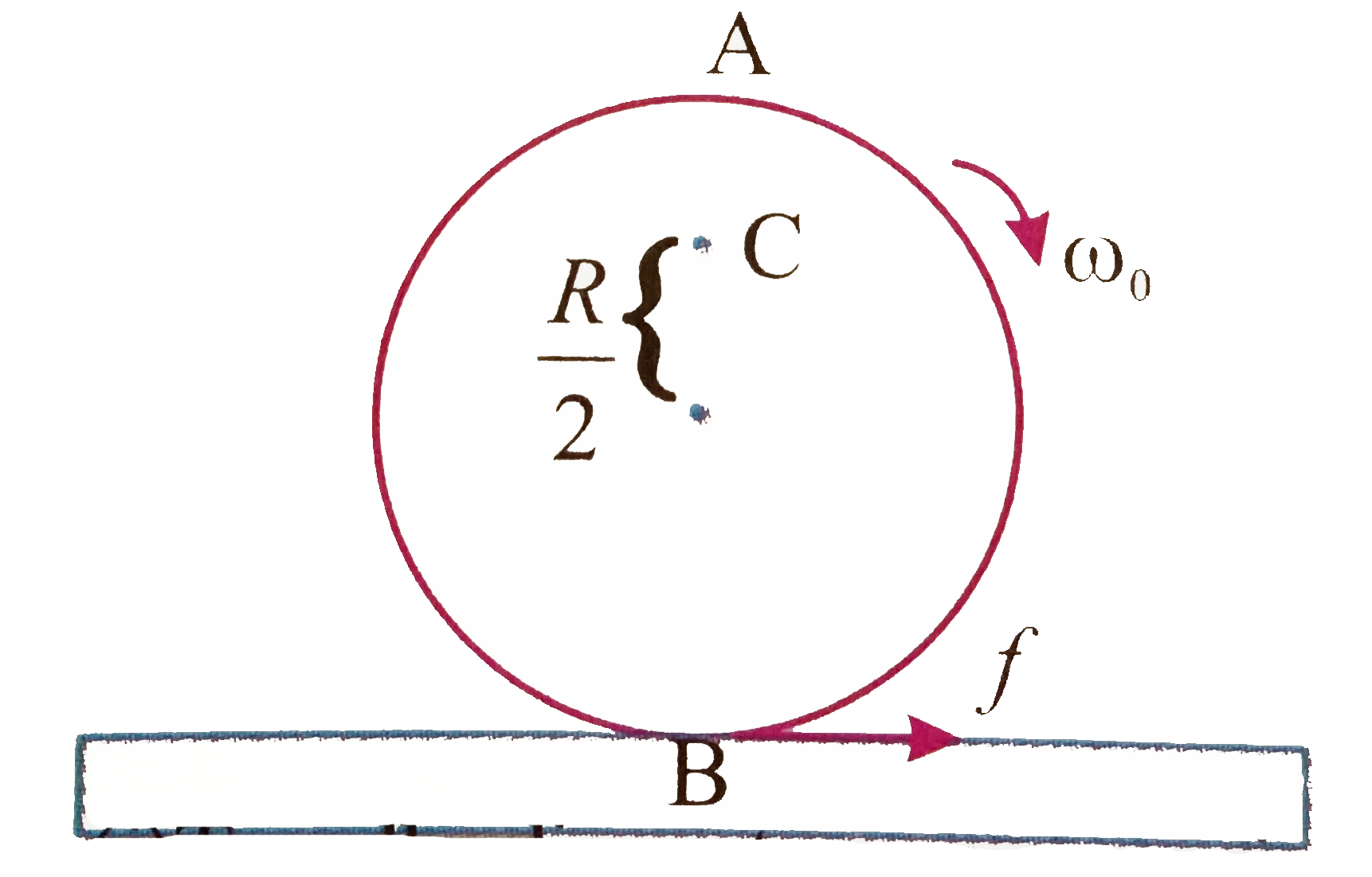Explain dynamic friction ?
Step-by-Step Solution:
1. Definition of Dynamic Friction: Dynamic friction, also known as kinetic friction, is the force that opposes the motion of two surfaces sliding past each other. It comes into play when an object is already in motion.
2. Understanding the Forces Involved: When a block (or any object) is moving across a surface, several forces act on it. The weight of the object (W) acts downward due to gravity, while the normal reaction force (R) acts perpendicular to the surface. The applied force (P) is the force that is trying to move the object.
3. Opposing Force: The dynamic friction force acts in the opposite direction to the motion of the object. This means that if the object is moving to the right, the dynamic friction will act to the left, opposing the motion.
4. Magnitude of Dynamic Friction: The magnitude of dynamic friction (F_d) can be calculated using the formula:
Fd=μk⋅R
where μk is the coefficient of kinetic friction (a value that depends on the materials in contact) and R is the normal reaction force.
5. Importance of Dynamic Friction: Understanding dynamic friction is crucial in various applications, such as in engineering and physics, as it affects how objects move and how much force is required to keep them moving.
---
Fd=μk⋅R
where μk is the coefficient of kinetic friction (a value that depends on the materials in contact) and R is the normal reaction force.
Topper's Solved these Questions
- FRICTIONBOOK - ICSECHAPTER - FRICTIONEXERCISE - Very short answer question
9 Videos
- FRICTIONBOOK - ICSECHAPTER - FRICTIONEXERCISE - Selected problems
30 Videos
- FRICTIONBOOK - ICSECHAPTER - FRICTIONEXERCISE - Long answer questions
2 Videos
- DYNAMICSBOOK - ICSECHAPTER - DYNAMICSEXERCISE - SHORT ANSWER QUESTIONS WITH ANSWERS
12 Videos
- GRAVITATIONBOOK - ICSECHAPTER - GRAVITATIONEXERCISE - FROM THE HUBBLE TELESCOP
2 Videos
Similar Questions
A block moving on a horizontal surface with velocity 20ms−1 comes to rest because of surface friction over a distance of 40 m. Taking g=10ms−2 , the coefficient of dynamic friction is :
View SolutionTwo block (A) 2kg and (B) 5kg rest one over the other on a smooth horizontal plane. The cofficient of static and dynamic friction between (A) and (B) is the sae and equal to 0.60. The maximum horizontal force that can be applied to (B) in order that both (A) and (B) do not have any relative motion:

View Solution
Knowledge Check
A block slides with a velocity of 10 m/sec. on a rough horizontal surface. It comes to rest after covering of 50 m. If g is 10 m/sec2, then the coefficient of dynamic friction between the block and surface is
A1B10C2D0.1
A body of weight 64 N is pushed with just enough force to start it moving across a horizontal floor and the same force continues to act afterwards. If the coefficients of static and dynamic friction are 0.6 and 0.4 respectively, the acceleration of the body will be (Acceleration due to gravity = g)
View SolutionAssertion : The value of dynamic friction is less than the limiting friction.
Reason : Once the motion has started, the inertia of rest has been overcome.
View Solution(i) Explain why friction is necessary to make the disc to roll in the direction indicated. (ii) Give the direction of frictional force at B, and the sense of frictional torque, before perfect rolling begins. (iii) What is the force of friction after perfect rolling begins?

View SolutionA block of mass M = 10kg is placed on a slab of mass M2=30kg. The slab lies on a friction less horizontal surface as shown in figure. The coefficient of static friction between the block and slab is 4, = 0.4 and that of dynamic friction is My = 0.15. The acceleration with which the slab will move is (g=10ms−1)

View Solution"The dynamic friction is a little less than the limiting friction ". Why ?
View SolutionDefine frictional force and explain it by taking an example. Plot a graph of frictional force against applied force and explain why kinetic friction is lesser than static friction
View SolutionWhat is static friction?
View Solution
